Recovery is a hot topic in fitness. Whether you’re a seasoned lifter or someone just getting into a routine, you’ve probably heard of methods like cold water immersion (CWI) and massage therapy. But are these recovery strategies worth your time and money?
While both have gained popularity, it’s important to understand when and how they can be effective—and what limitations they may have.
In this blog, we’ll break down how cold water immersion and massage work, when they’re useful, and why mastering the basics of recovery (like sleep and nutrition) should always come first.
The Basics: Why Cold Water Immersion and Massage Are Popular
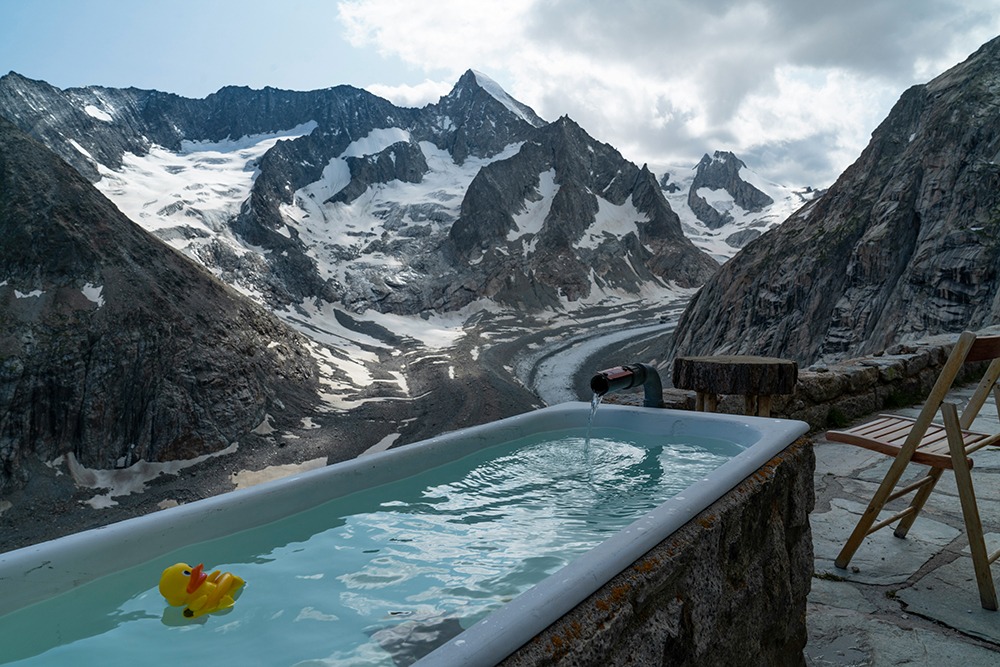
Cold water immersion (CWI), commonly known as an ice bath, involves submerging your body in cold water, typically between 10-15°C, after a workout. This method is widely used by athletes to reduce inflammation, muscle soreness, and fatigue.
Massage therapy, on the other hand, has long been associated with muscle relaxation and recovery. Targeting muscle tissues through various massage techniques helps promote blood flow, reduce muscle tension, and improve range of motion.
Both methods are believed to aid recovery by accelerating the reduction of muscle soreness (often referred to as DOMS) and promoting faster recovery. However, the real question is whether these strategies help with actual performance recovery—getting you back to your full strength and performance faster.
Muscle Soreness and Strength Recovery: What the Research Says
It’s essential to understand that muscle soreness and strength recovery don’t always follow the same timeline. While reducing soreness is certainly appealing, especially if you’re dealing with DOMS after a grueling workout, it doesn’t necessarily mean you’re ready to perform at your best again.
For instance, research has found that cold water immersion and massage does indeed speed up muscle soreness recovery after intense plyometric exercises. However, this research also noted that neither method improved strength recovery. In fact, even though participants experienced less soreness within 72 hours, their strength performance hadn’t fully recovered, suggesting that soreness is not the best indicator of overall recovery.
Similarly, other studies have shown that performance recovery—whether it’s lifting capacity or endurance—often follows a different time course compared to the reduction of soreness or other markers like creatine kinase levels. This makes it clear that while you may feel better after a cold bath or massage, your muscles may not be fully ready to properly handle your next heavy workout.
Can Any Recovery Metrics Predict Performance Recovery?
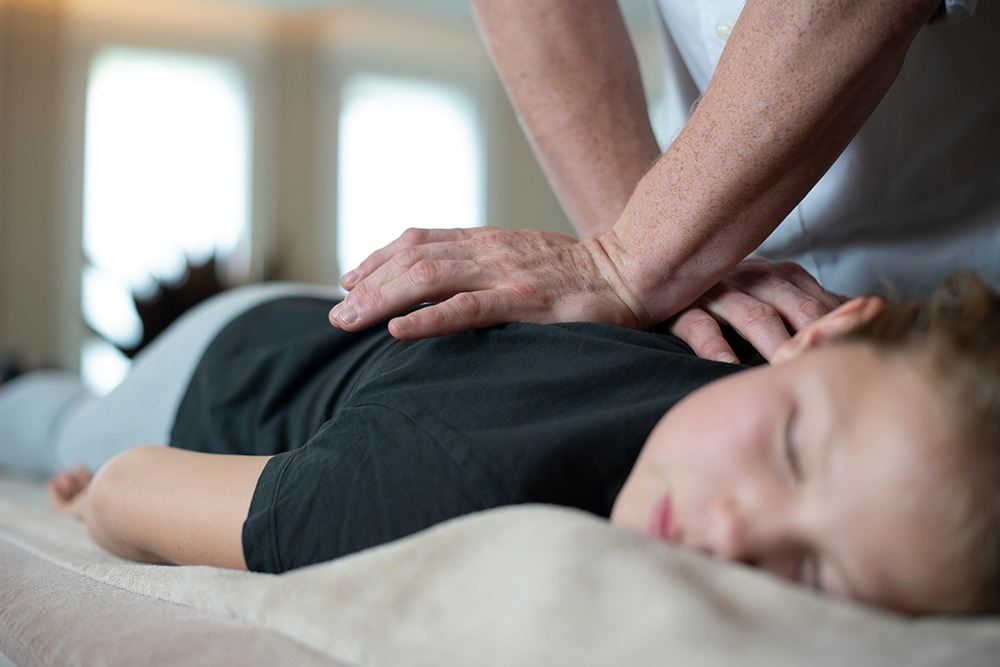
If soreness isn’t the best indicator of recovery, what is? Unfortunately, the data are limited, but some studies have explored the relationship between recovery metrics and performance.
Some scientific studies have found a strong correlation between perceived recovery status (PRS) and performance in vertical jump height and squat velocity. While this sounds promising, it’s important to note that these measures still don’t perfectly capture overall performance recovery. Vertical jump height and sub-maximal squat velocity don’t necessarily tell you how ready you are to crush your next workout, especially if it involves large training volumes or maximum strength.
Furthermore, other studies have provided more insight by showing that a decrease in vertical jump height could predict a reduction in squat performance after 48 hours. While these findings are helpful, it’s clear that more research is needed before we can confidently rely on specific recovery metrics to predict performance.
The Limitations of Cold Water Immersion and Massage
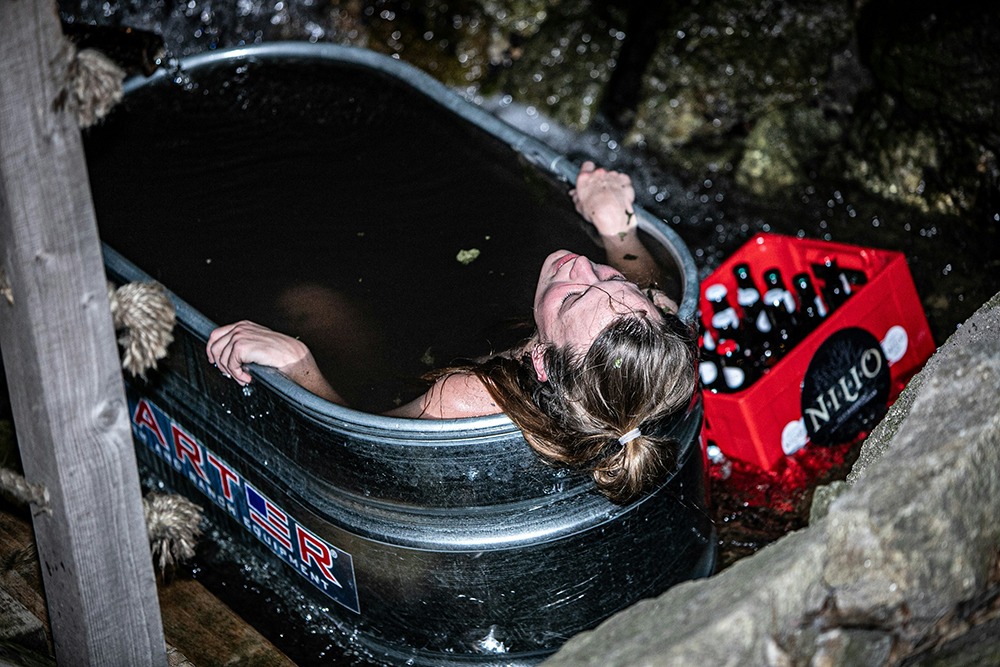
While both cold water immersion and massage offer benefits, they also come with limitations that you need to consider:
1. Potential Impact on Muscle Growth: Frequent cold water immersion has been shown to potentially reduce the body’s anabolic response, which could limit/blunt muscle growth. This effect is most pronounced when used regularly, so it is probably not a wise idea to implement this strategy multiple times a week if your main goal is hypertrophy. While occasional use won’t necessarily halt your progress, it’s important to use CWI prudently. I have used CWI to good effect at the end of a hard week of training where my body has felt a little beat up and sore, but I still had a scheduled competitive match over the weekend and therefore needed to prioritise feeling good and reducing how tight and stiff I felt.
2. Time and Cost: Both CWI and massage can be time-consuming and expensive. Getting regular massages requires access to a professional therapist, while cold water immersion isn’t always feasible if you don’t have access to the right equipment (like a cold plunge tub or bath). Additionally, they aren’t always practical for consistent use.
3. Limited Impact on Performance Recovery: As we’ve seen, even though these methods may reduce soreness and improve short-term recovery markers, they don’t necessarily accelerate performance recovery. If your goal is to improve strength and performance, relying solely on these methods won’t guarantee faster gains.
What Should You Focus on for Recovery?
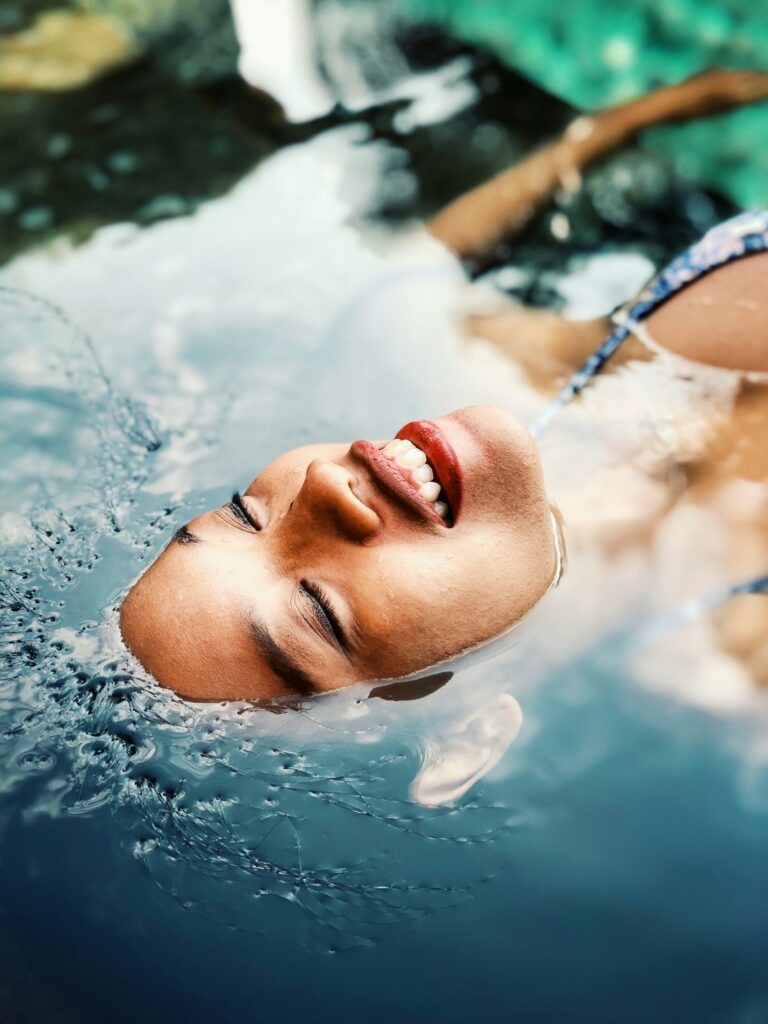
Before jumping into advanced recovery techniques, it’s crucial to remember that the most effective recovery strategies are the basics: sleep, nutrition, and appropriate training intensities/volumes. Without these foundational pillars, no amount of cold water immersion or massage will make up for lack of sleep or poor eating/training habits.
Here’s what you should focus on:
1. Sleep: Aim for 7-9 hours of quality sleep per night (and sometimes more). This is when most of your muscle repair and recovery happen. (See our blog on sleep and recovery for more details)
2. Nutrition: Ensure you’re eating enough to support your training. This includes adequate protein for muscle repair, as well as carbs to replenish energy stores.
3. Training Smart: If you find yourself consistently feeling under-recovered, it might be time to reassess your training program. Instead of adding more recovery modalities, consider adjusting your training volume, intensity, or frequency.
Practical Takeaways: When to Use Cold Water Immersion or Massage
While cold water immersion and massage aren’t miracle cures, they do have their place when used strategically. Here’s when they might be beneficial:
Cold Water Immersion: Use it after particularly gruelling endurance sessions or high-volume strength training to reduce inflammation and promote faster short-term recovery. Be cautious about using it too frequently if hypertrophy is your goal.
Massage: Massage therapy can be useful for easing muscle stiffness and improving range of motion, especially after high-intensity or high-impact workouts.
Foam Rolling: A cheap, effective and accessible option for improving recovery and particularly ROM (see our blog on foam rolling for a deeper dive on this topic)
For most lifters, using these methods occasionally—rather than as a regular part of your recovery routine—makes the most sense. If you generally feel well-recovered but experience occasional soreness, incorporating one of these recovery tools may provide a small advantage.
Final Thoughts
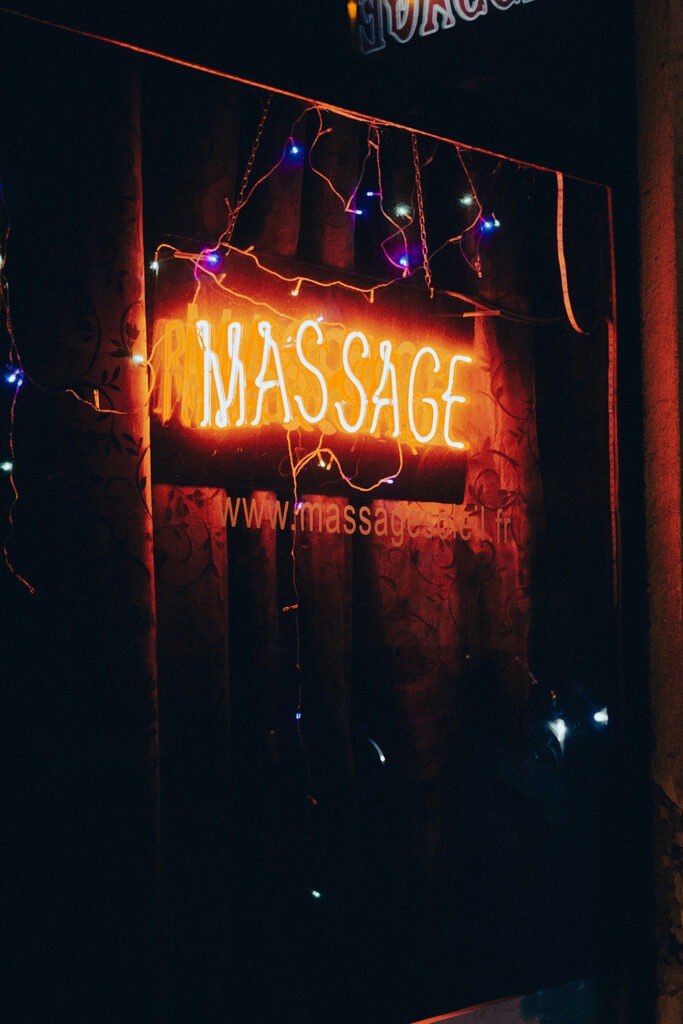
Cold water immersion and massage can be effective tools for reducing soreness and improving short-term recovery, but they aren’t the magic solution many people believe them to be. If you want to maximize performance and strength recovery, it’s essential to focus on the basics: sleep, nutrition, and smart training.
That said, if you’re feeling particularly sore after an intense workout, going through an overreaching phase, or just want to feel good for your weekend match/game, then incorporating cold water immersion or a massage session can offer a bit of relief. Just remember—they should complement, not replace, the foundational recovery strategies that truly drive your progress.
References:
Angelopoulos, P., Diakoronas, A., Panagiotopoulos, D., Tsekoura, M., Xaplanteri, P., Koumoundourou, D., Saki, F., Billis, E., Tsepis, E. and Fousekis, K., 2022. Cold-Water Immersion and Sports Massage Can Improve Pain Sensation but Not Functionality in Athletes with Delayed Onset Muscle Soreness. Healthcare, 10(12), p.2449.
Dupy, O., Douzi, W., Theurot, D., Bosquet, L. and Dugué, B., 2018. An Evidence-Based Approach for Choosing Post-exercise Recovery Techniques to Reduce Markers of Muscle Damage, Soreness, Fatigue, and Inflammation: A Systematic Review With Meta- Analysis. Frontiers in Physiology, 26,9, p.403.
Fyfe, J.J., Broatch, J.R., Trewin, A.J., Hanson, E.D., Argus, C.K., Garnham, A.P., Halson, S.L., Polman, R.C., Bishop, D.J. and Petersen, A.C., 2019. Cold water immersion attenuates anabolic signaling and skeletal muscle fiber hypertrophy, but not strength gain, following whole-body resistance training. Journal of Applied Physiology, 127(5), pp.1403-1418.